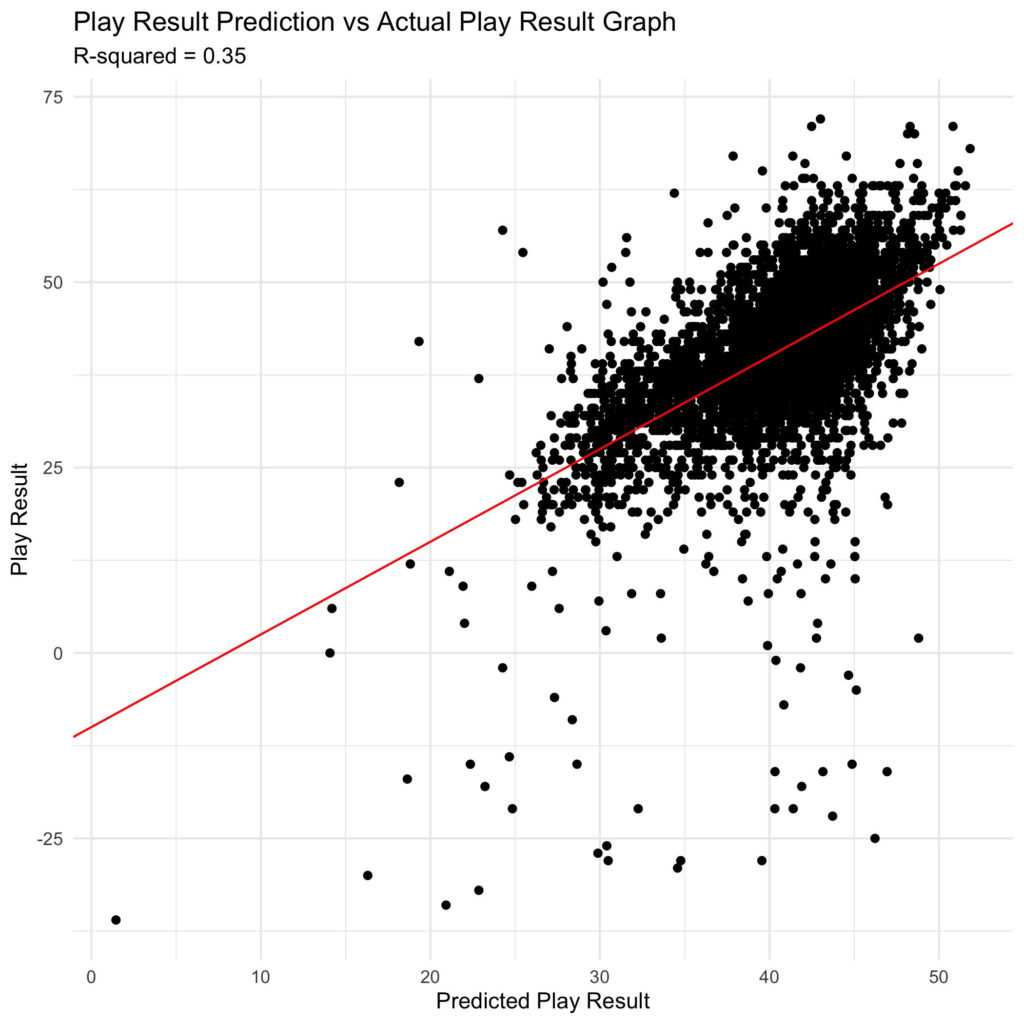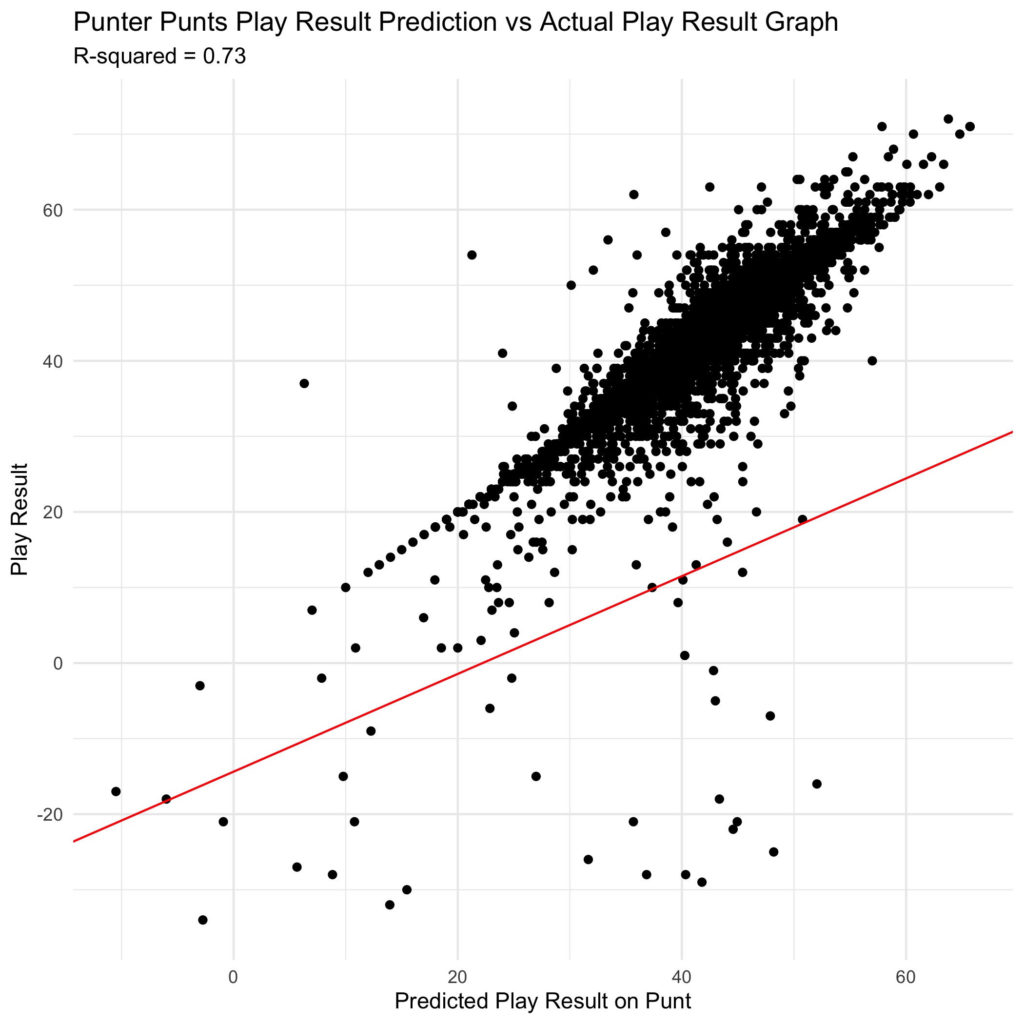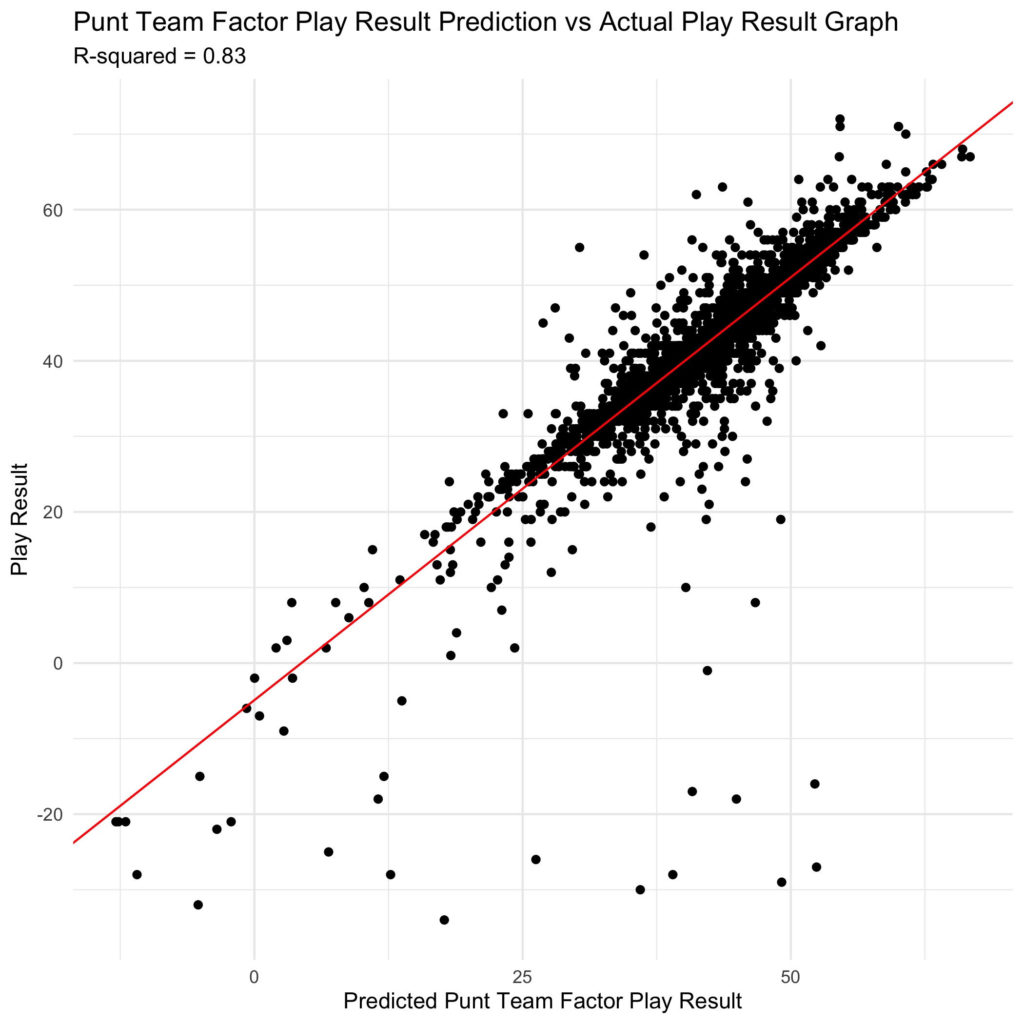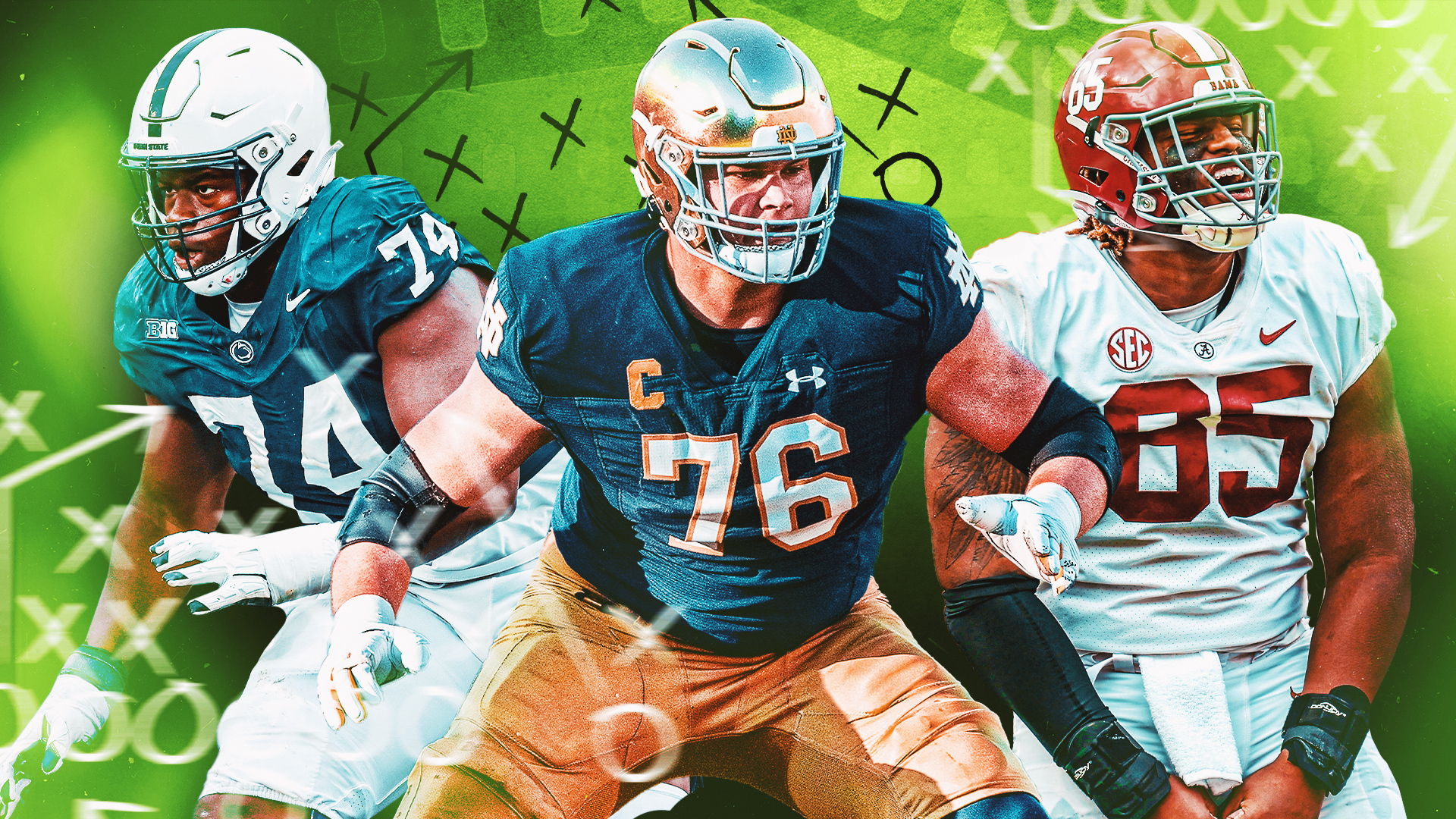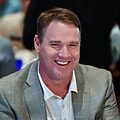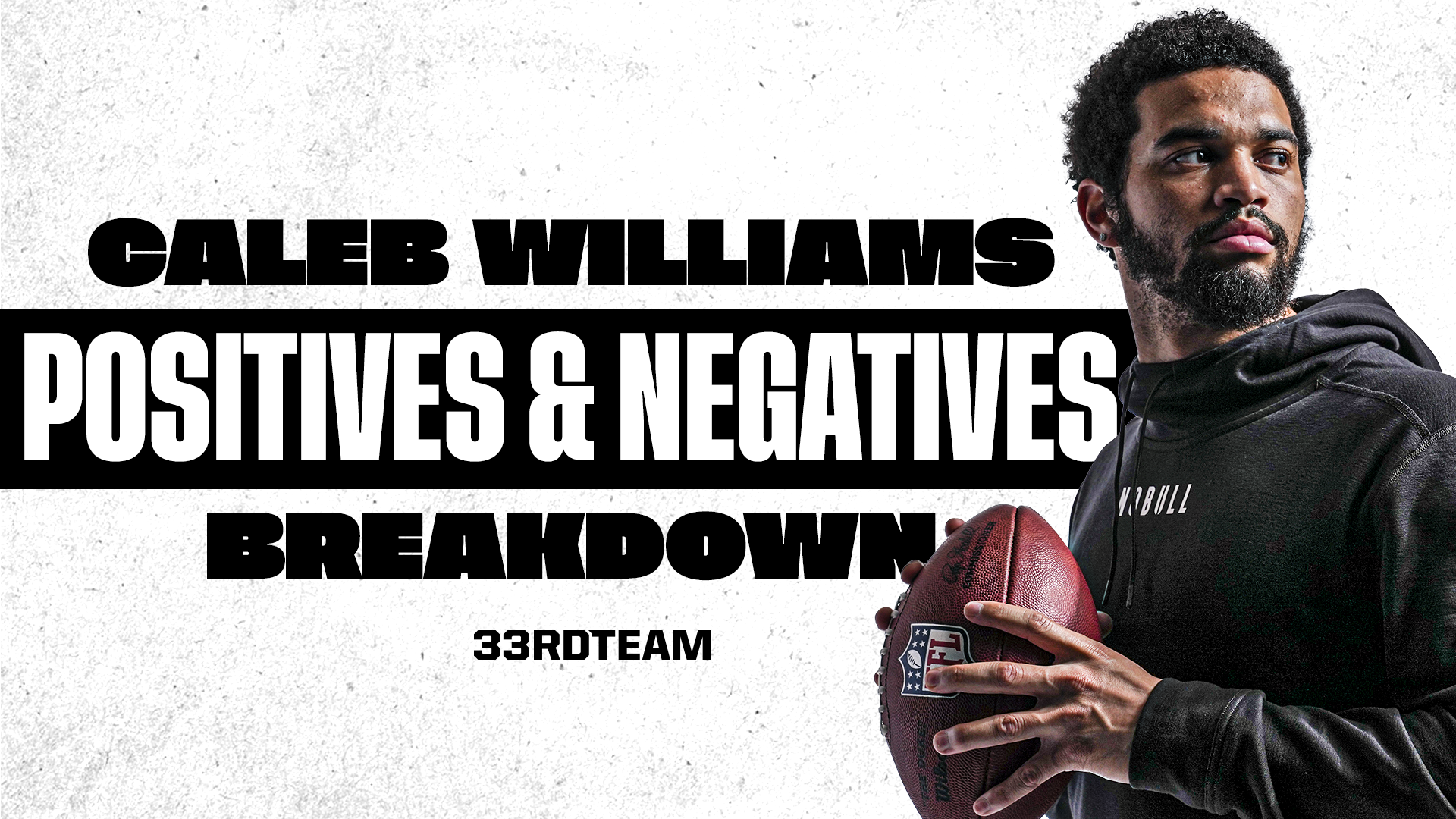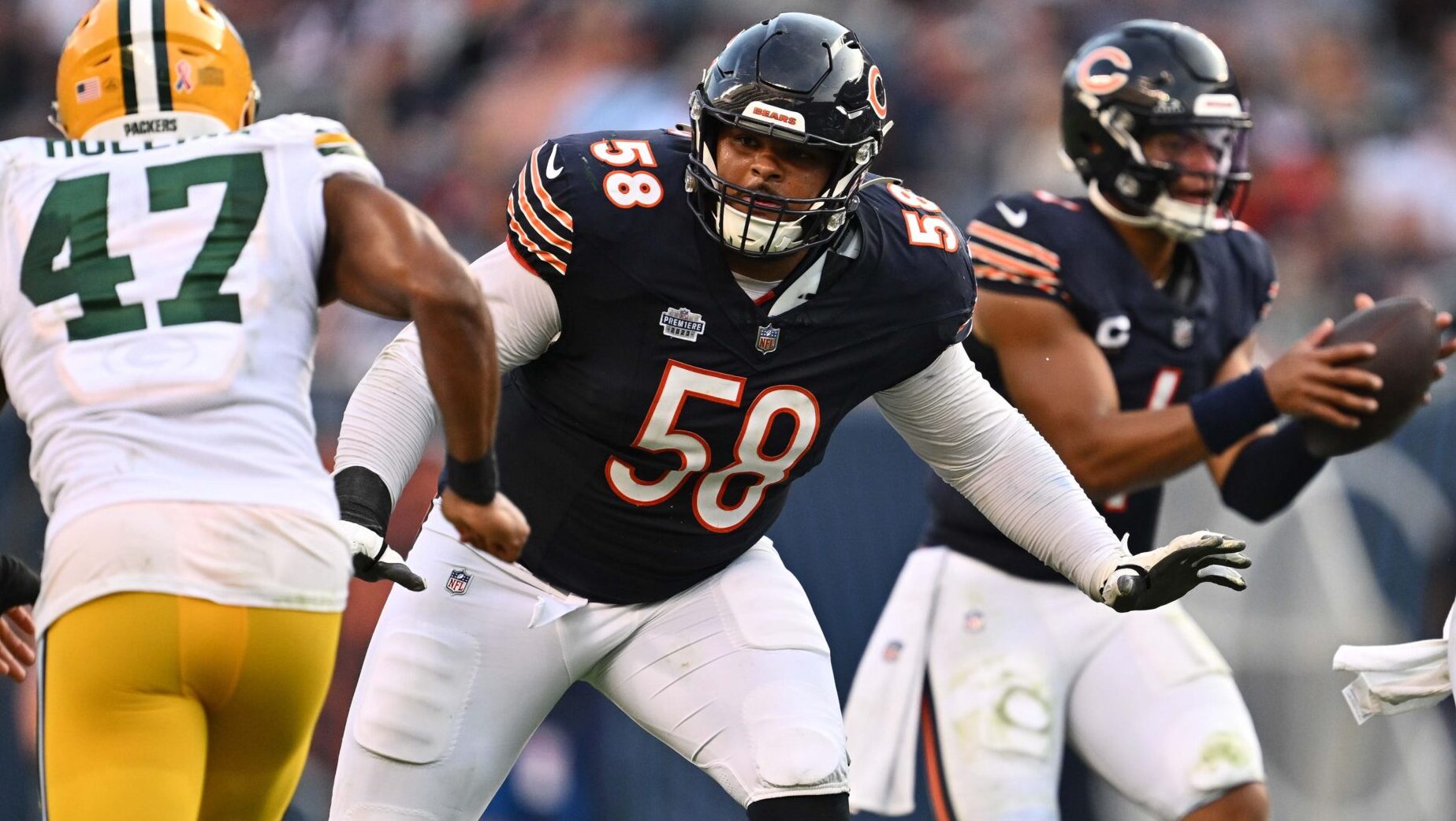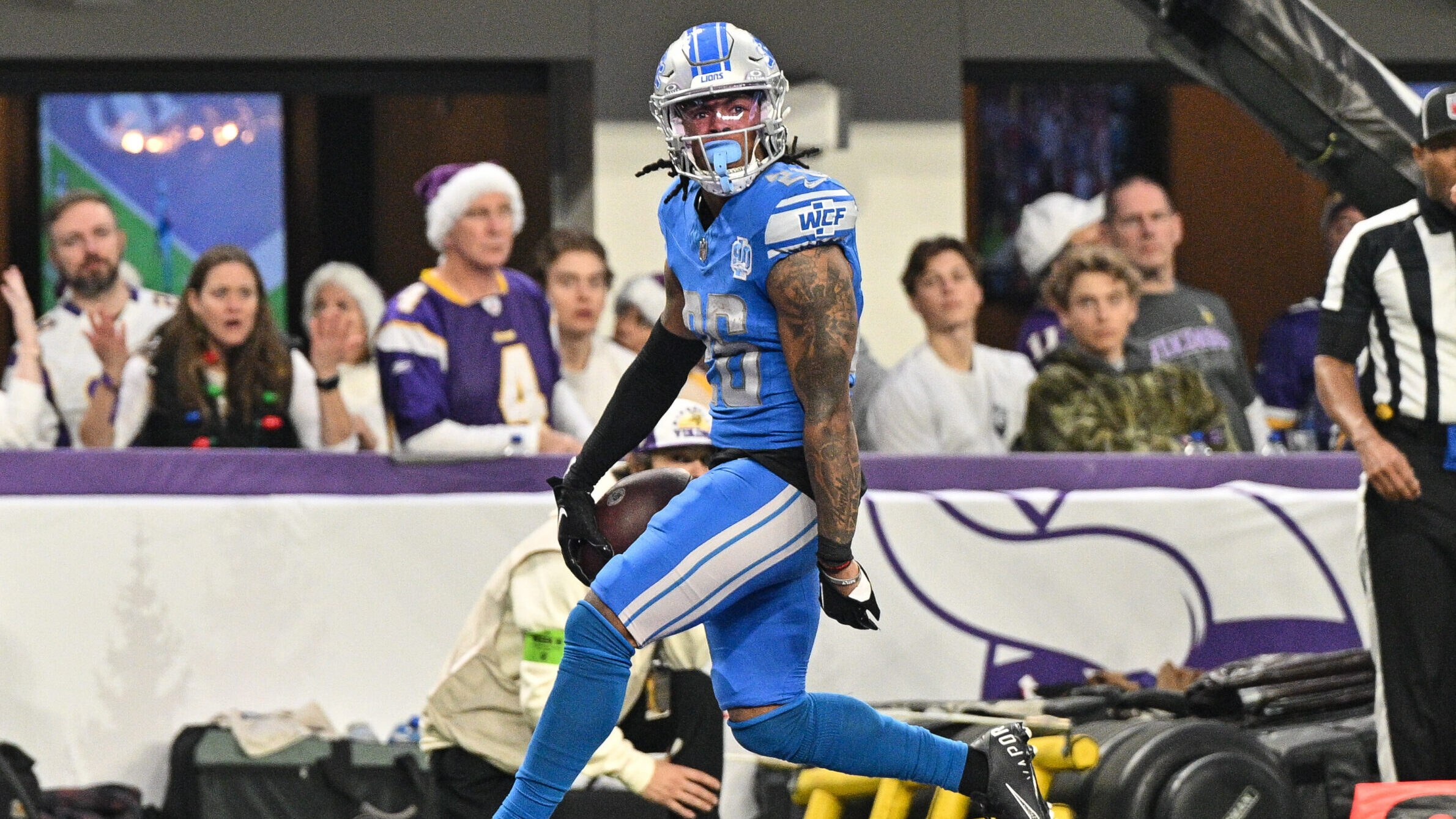Breakdowns
2/24/22
6 min read
Study: Assigning Responsibility For Punt Yardage
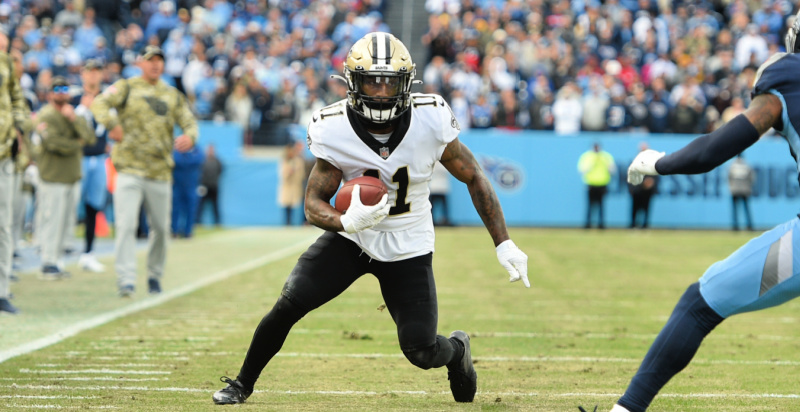
Introduction
Success when punting the ball can be attributed to four major factors: the pre-snap positioning of the ball, the punter's ball placement, the coverage team’s positioning, and the punt returner's ability. For my 2022 Big Data Bowl Submission I tackled this problem using tracking data from 2018 to 2020 to see what punters, coverage units, and returners had the biggest impact on success during punts.
Pre-Snap Net Yardage
The first step to assigning responsibility for yardage gained on punts is to dictate the effect that the game situation has on the punt. The main factor driving the prediction is the yard line the punting team is at, and other factors include the yards to go, quarter, and the number of punt rushers, gunners, and vises. When trained in a random forest model, we can see that yard line has the most impact on net yardage during the punt, likely because punts often vary based on yard line (punt from the 50 can travel less distance than a punt from the 20), while other factors such as quarter doesn’t affect the play as much.
When we make a prediction for the amount of yards gained by the punting team trained on just the pre-snap data the correlation between our prediction and the actual result is 0.59. The r-squared value is then 0.35 which means that the pre-play factors result in 35% of the variability during a punt.
Punter Controlled Net Yardage
After accounting for the pre-snap factors, the next factor to account for is the punt itself. The punt has many variables the most important of which being the kick distance, as well as distance from the endzone, distance from the sideline (y coordinate) and the ball’s velocity, acceleration, and hangtime. We also input the pre-snap prediction to get a combined prediction using the pre-snap data as well as the punter controlled data.
Unsurprisingly punt length is the most important factor, as our output of net yards can be nearly directly shifted by the length of the punt. The y-coordinates didn’t have a big impact on the final field position of the ball, although on punts where the ball went out of bounds the kick length itself was the net gain on the punt.
Looking at the predictions of the model trained on pre-snap factors as well as the punter controlled factors we can see that the model is very accurate. The correlation between the prediction and the actual is 0.87 which makes the r-squared value 0.76. When subtracting from the 35% variability earlier we can derive that punters account for 41% of the variability in a punt’s net yards.
Coverage Team Net Yardage
The final factor that the punting team has control over is the coverage unit. The factors for the coverage unit model were the distances of each defender ranked from closest to farthest, and the angle those players had respective to the ball.
The tracking data didn’t have distances but this was derived using the distance formula sqrt((x1-x)^2+(y1-y)^2), and slope formula (y1 - y)/(x1 - x). Using these factors in addition to the earlier predictions using pre-snap data and punter controlled data we could calculate the impact that the coverage team had on the punt.
Considering that the pre predicted model already accounted for 76% of variability in a punt, none of the other factors even came close to having the level of importance as the earlier model. Out of all the new factors the distance of the nearest defender was predictably the most important, followed by the distance of the second and third nearest defenders. The angle that the fourth closest defender had was the most important angle, likely because if the returner is able to get past the fourth defender they can break the return to the second level and gain a lot of yards.
This new prediction had a correlation of 0.91 with the actual result of the punt, giving it an r-squared of 0.83, just 7% higher than the previous r-squared value. This means the coverage unit accounts for just 7% of the variability in a punt.
Returner Net Yardage
The only factor left is the returner, and their yards over expected. By accounting for this our model now has a perfect correlation of 1, as the factors capture each portion of the return game. Since the r-squared value of the prediction including returners is 1, we can calculate that the returner accounts for 17% of the variability in a punt.
Results
Now that all of the models are trained, we can figure out of the contributions of punters, coverage units, and returners using their values over expected in their respective models.
In 2020 we find that the player most important to punt yardage was Patriots punter Jake Bailey, who netted a total of 132 yards for his team over the course of the season. The Bills coverage unit was the most important coverage unit and followed closely behind Bailey, while the most important returner was the Broncos Diontae Spencer who netted the Broncos 114 yards.
Punters obviously flooded the Top 10 since not only do they have the highest impact on variability in punts, but they also have the most opportunities. Coverage units were also more impactful than returners, likely because of an increased amount of opportunities for coverage units compared to returners.
Here are the Top 10 players at each position group in 2020.
| Rank | Punter | Team |
| 1. | Jake Bailey | NE |
| 2. | Jack Fox | DET |
| 3. | Tress Way | WAS |
| 4. | Michael Dickson | SEA |
| 5. | Joseph Charlton | CAR |
| 6. | Mitch Wishnowsky | SF |
| 7. | Logan Cooke | JAX |
| 8. | Matt Haack | MIA |
| 9. | Cameron Johnston | PHI |
| 10. | Brett Kern | TEN |
| Rank | Coverage Team |
| 1. | Bills |
| 2. | Patriots |
| 3. | 49ers |
| 4. | Bengals |
| 5. | Giants |
| 6. | Cardinals |
| 7. | Broncos |
| 8. | Chiefs |
| 9. | Lions |
| 10. | Eagles |
| Rank | Punter | Team |
| 1. | Diontae Spencer | DEN |
| 2. | Hunter Renfrow | LV |
| 3. | Isaiah McKenzie | BUF |
| 4. | Jakeem Grant | MIA |
| 5. | Jalen Reagor | PHI |
| 6. | Nyheim Hines | IND |
| 7. | Andre Roberts | BUF |
| 8. | Gunner Olszewski | NE |
| 9. | Alex Erickson | CIN |
| 10. | Keelan Cole | JAX |
Final Thoughts
The goal of this project was to find out how many net yards each aspect of a punt causes. This project is not simply a return yards over expected model, because while the punt returner is the most flashy part of a play, his relative impact compared to the punting teams punter and coverage unit is small. By looking at all of the aspects and treating them as equal, we can compare returners, punters, and coverage units on the same scale.
The Patriots are notoriously good for their special teams ability and the prior is confirmed by the fact in terms of net punt yards. They have the best punter, second best coverage unit, along with a top ten returner. The Chargers are known as a team that has consistently underperformed in the special teams aspect of the game.heir punter Ty Long has the 2nd lowest net punt yards, while their coverage team is also 2nd worst at preventing net punt yards.
This analysis can be useful for an NFL front office deciding whether they need to address their special teams or not, and what player(s) they should be looking at giving a smaller role to fix their special teams woes. This project would be a valuable tool for teams making roster and coaching decisions for players on punt plays.


